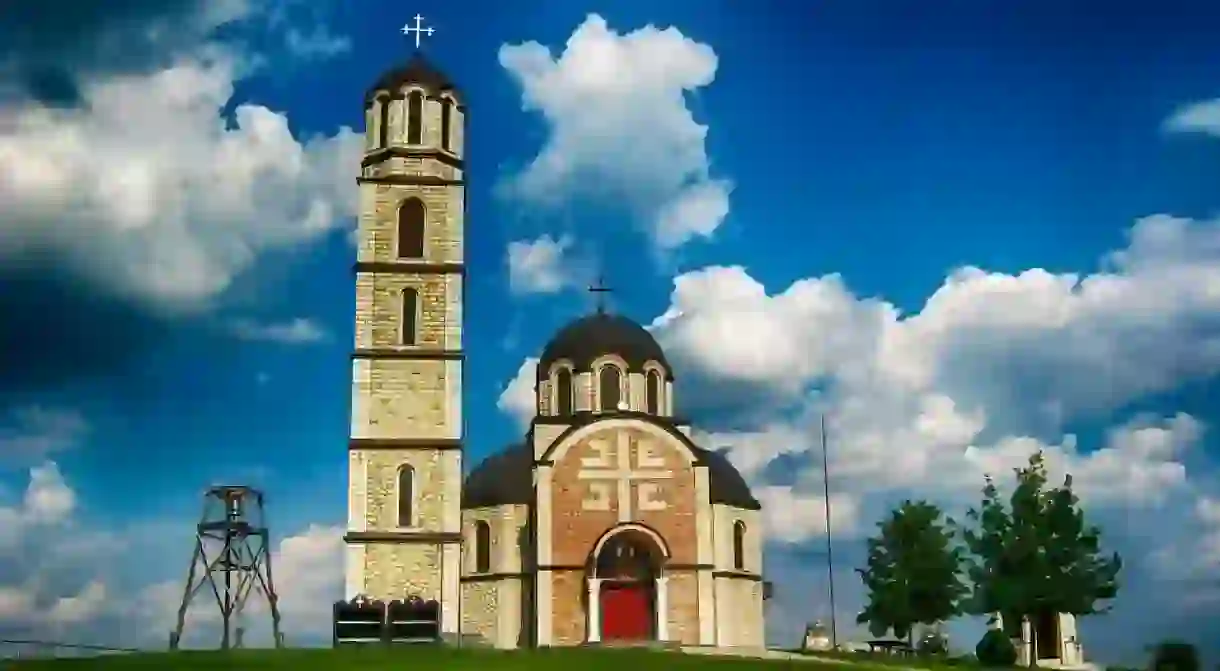A Guide To Religions in Serbia

It won’t take long for visitors to Serbia to become keenly aware of the importance of religion in the nation. Churches and monasteries are everywhere you look, and that isn’t just because of the monolithic size of Belgrade’s homage to St. Sava. Looking for the lowdown on religion in Serbia? Read on.
The Serbian Orthodox Church
In truth, religion in Serbian can be summed up in three words, and even then you can reduce it to one. The Serbian Orthodox Church is overwhelmingly dominant in the country, and has been ever since the Great Schism of 1054. Christianity came to the region with Saints Cyril and Methodius in the 9th century, and it has commanded influence in Serbia ever since.
The Serbian Orthodox Church itself traces its autonomy all the way back to the early 13th century, when Sava himself managed to convince Patriarch Manuel I of Constantinople to award it autocephaly. With that, the Serbs were finally free in both a religious and political sense. The Serbian Orthodox Church is thus the second oldest Slavic Orthodox Church on the planet, after its Bulgarian counterpart.

Expansion and struggle
The Church grew with the expansion of the Kingdom, and the Serbian Archbishopric officially became a Patriarchate in 1346. The 15th century saw the Serbian Orthodox Church reach its peak, before the onset of Ottoman rule put it in serious jeopardy. By this point it had become known as the Patriarchate of Peć, which the Ottomans allowed to continue in some form until abolishing it in 1766.
Serbs outside of the Islamic Empire kept the faith alive however, and the liberation of Serbia soon saw the church return. The modern Serbian Orthodox Church was established in 1920 with the unification of the Patriarchate of Karlovci and the Metropolitanate of Belgrade, and it has been plain sailing ever since.

The Church today
The influence of the Church stays strong to this very day. Some 85% of the Serbian population adheres to the Orthodox faith, with more than six million people looking to the church for spiritual guidance. Many nationalists take the hardline view that being Serbian and a follower of the Orthodox Church are one and the same, and that you can’t be one without the other.
The peril the Church found itself in during World War II has largely dissipated, although Orthodox Serbs in Kosovo still find themselves the victims of daily harassment and violence. The burning of Orthodox churches and monasteries is commonplace in the disputed territory.

Catholicism in Serbia
If 85% of the country is Orthodox, what of the other 15%? The second biggest religion in the state today is Catholicism, although you won’t find any major pockets of Catholic populations south of Vojvodina. Subotica remains the only city in which it is the majority religion. Most Catholics in Serbia are also members of ethnic minorities, be they Hungarian or Croat.
Islam in Serbia
Islam came into Serbia during the five-century rule of the Ottoman Empire, with the overwhelming majority of muslims here living in the southern part of the state, Novi Pazar remains the only large city with an Islamic majority population.

The rest
Prior to World War II, Serbia’s Jewish population numbered more than 33,000, most of whom lived in the northern areas around Belgrade and Novi Sad. The atrocities of the 1940s and later political repression means that number has fallen to less than a thousand today, and it continues to drop. Jews are now outnumbered in Serbia by Protestantism and Atheism, with more people identifying as Jedis than they do Jews.
Religion is still extremely visible in Serbia, but the younger portions of the population are absolutely less inclined to see it as an influencing factor in their lives. In fact, a 2009 study revealed that 44% of the population answered ‘no’ to the question ‘Does religion play an important part of your daily life?’ Much like the most of Europe, technology is the new deity in Serbia.














